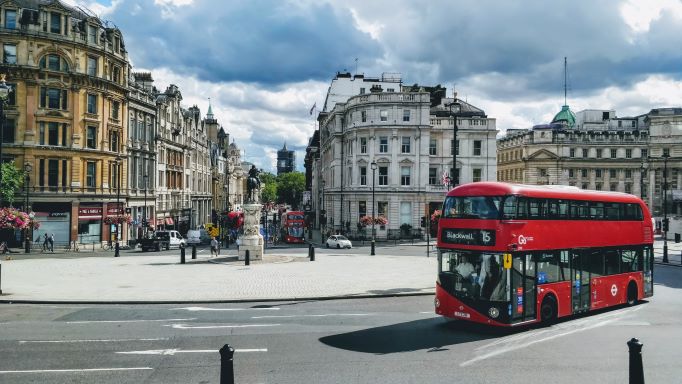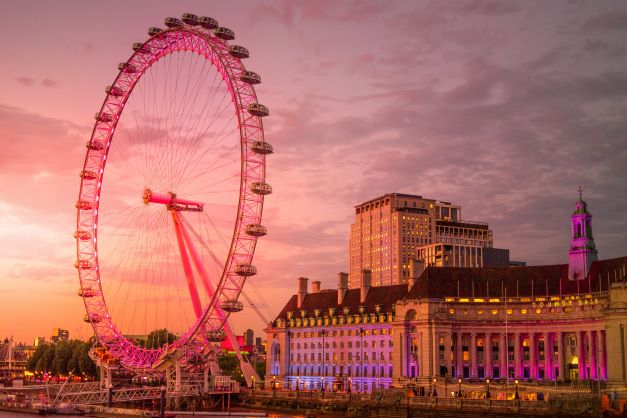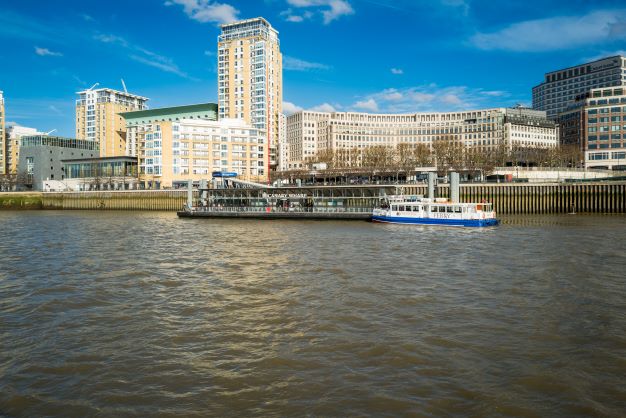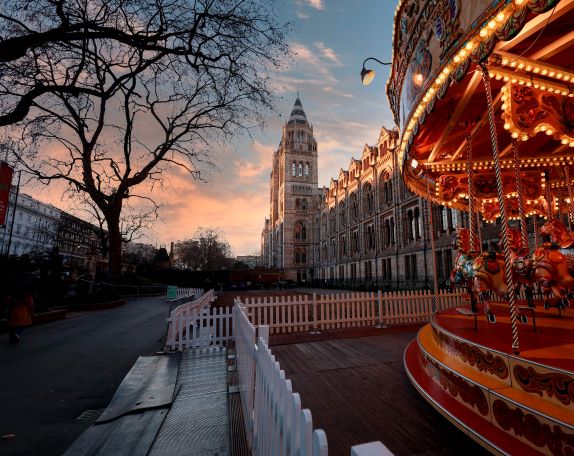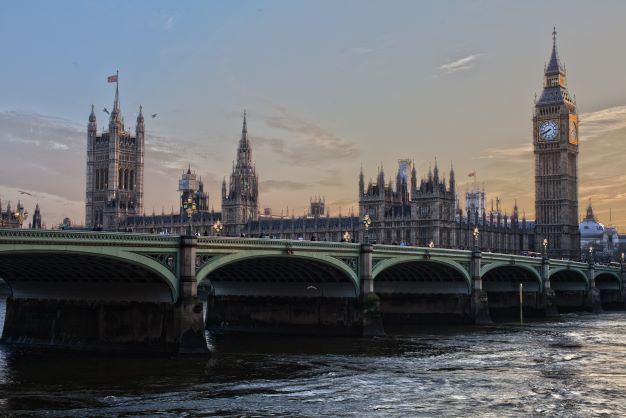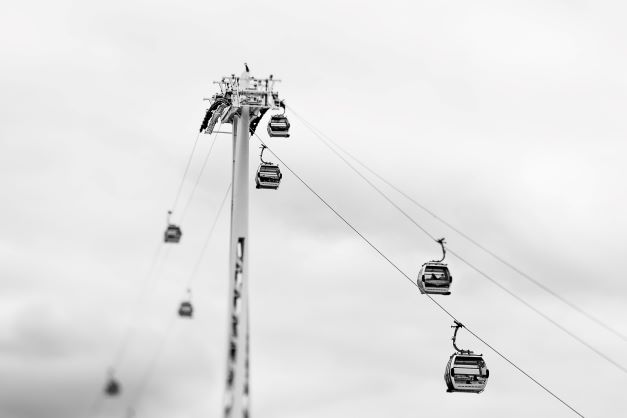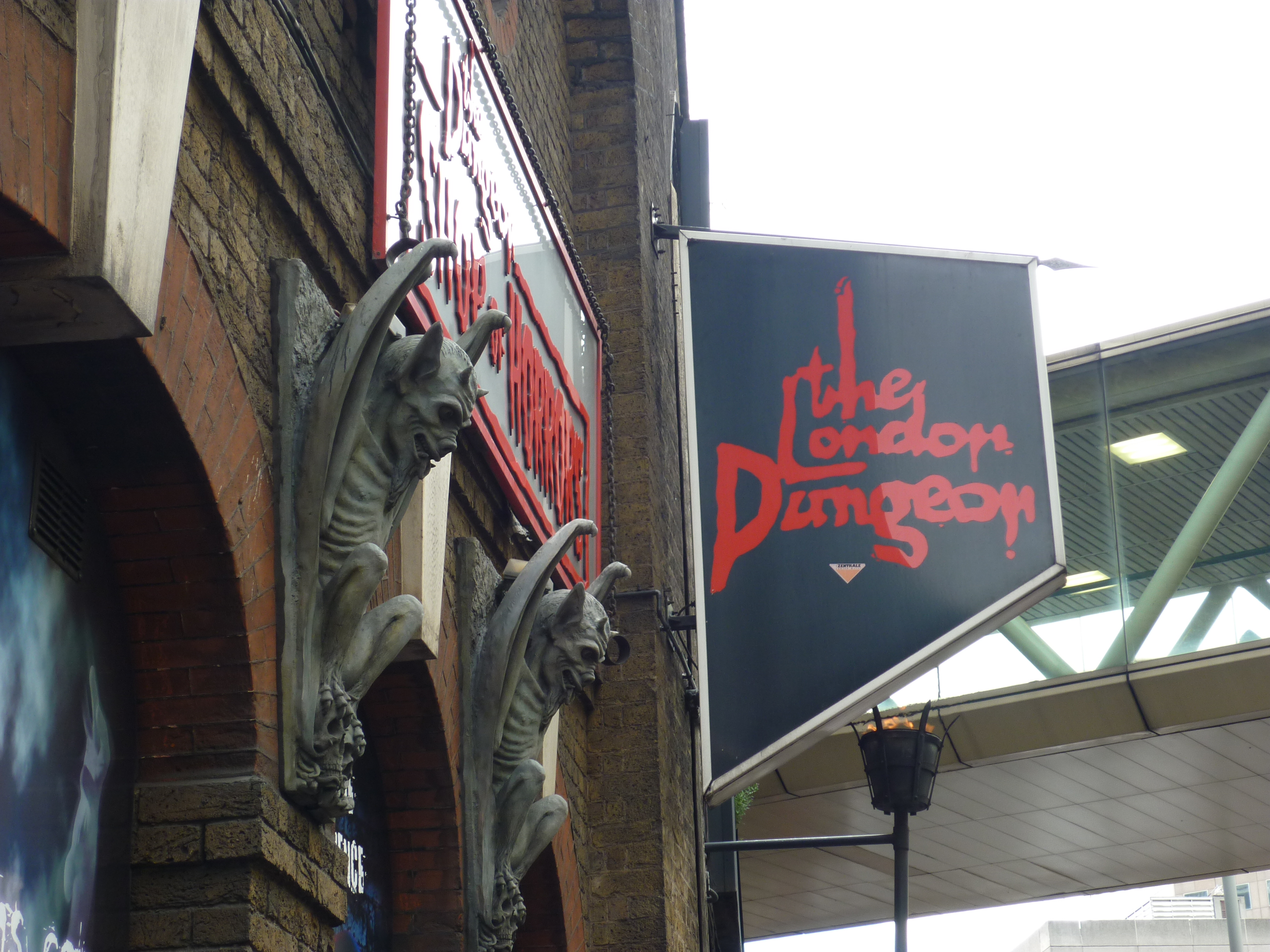Why to visit Trafalgar Square
A must-see destination for visitors to London, Trafalgar Square is home to Nelson’s Column (a monument commemorating Admiral Horatio Nelson, who died in the Battle of Trafalgar in 1805), iconic stone lions, and the famous Fourth Plinth, which showcases commissions by contemporary artists.
Visit the National Gallery, on the square’s north side, and be amazed by more than 2,000 Western European paintings from the Middle Ages to the 20th century. Enjoy a breathtaking view of Whitehall and Big Ben from the top of the stairs that lead from the gallery to Trafalgar Square. Then, pay a visit to historic St Martin-in-the-Fields church and grab a meal in the quirky Café in the Crypt downstairs.
Trafalgar Square hosts many cultural events, performances and shows throughout the year, and it’s also home to the biggest Christmas tree in London over the festive period, an annual gift from the city of Oslo.
Nelson's Column (a monument commemorating Admiral Horatio Nelson, who died in the Battle of Trafalgar in 1805), striking stone lions, and the famous Fourth Plinth, which shows commissions by modern artists, make Trafalgar Square a must-see location for tourists to London.
The National Gallery, located on the square's north side, houses almost 2,000 Western European paintings from from the Middle Ages to the twentieth century. From the top of the gallery's stairs leading to Trafalgar Square, take in a stunning view of Whitehall and Big Ben. Then go to old St Martin-in-the-Fields church and have a bite to eat in the eccentric Café in the Crypt downstairs.
The square has been used for community gatherings and political demonstrations, including Bloody Sunday in 1887, the culmination of the first Aldermaston March, anti-war protests, and campaigns against climate change. A Christmas tree has been donated to the square by Norway since 1947 and is erected for twelve days before and after Christmas Day. The square is a centre of annual celebrations on New Year's Eve. It was well known for its feral pigeons until their removal in the early 21st century.



